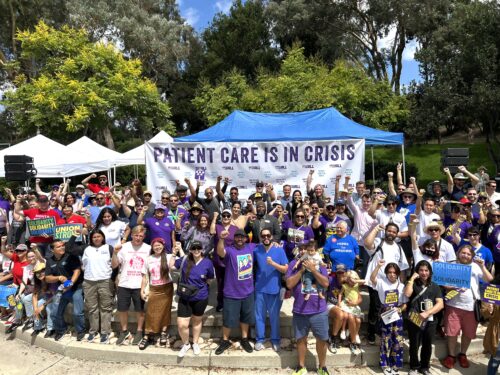New research identifies several warning signs that could predict intimate partner violence

By Newswise
Intimate partner violence is widespread and can have severe physical and psychological health repercussions, but there is a shortage of research on reliable predictors of abuse before it occurs. New research, published in Social Psychological and Personality Science, identifies several warning signs that preceded and predicted intimate partner violence.
“Although future research is required to fully understand the associations between warning signs and abuse, these red flags could eventually be used in interventions to help people learn how to avoid abusive relationships or support loved ones who may be at risk for abuse,” says lead author Nicolyn Charlot, of Western University, Canada.
The researchers also demonstrated that the number of warning signs a person experiences, and how often they experience those signs, predicts abuse. In other words, Dr. Charlot explains, experiencing one or two warning signs on occasion may not be worrisome, but experiencing multiple warning signs repeatedly could be cause for concern.
Researchers presented 147 participants with a list of 200 abusive and non-abusive thoughts, feelings, and behaviors based on a review of existing research. Participants indicated how frequently each item had occurred since they started dating their partner. In a second study with 355 participants, researchers identified warning signs that prospectively predicted violence six months later.
The researchers concluded that possible warning signs of abuse may include a partner acting arrogant or entitled, reacting negatively when their partner said no to something they wanted, or disregarding a partner’s reasoning or logic because it did not agree with their own.
Dr. Charlot notes that, although these warning signs were shown to predict violence in the research, it does not mean that all people who notice them will experience violence or that these indicators precede all violence.
“While this research is meant to help educate potential victims of abuse and those around them, that does not in any way mean that people who experience violence are responsible for their abuse,” says Dr. Charlot. “Similarly, if a person notices warning signs in someone else’s relationship, that does not mean they are responsible for any abuse that may occur.”
The list of warning signs is not definitive and researchers have identified key areas for future study, including how warning signs may differ in marginalized populations, how different warning signs predict different types of violence, and how people can address warning signs if they appear.
“We hope that other researchers will seek to replicate our findings in different populations and eventually integrate robust warning signs into violence prevention programming,” says Dr. Charlot.






